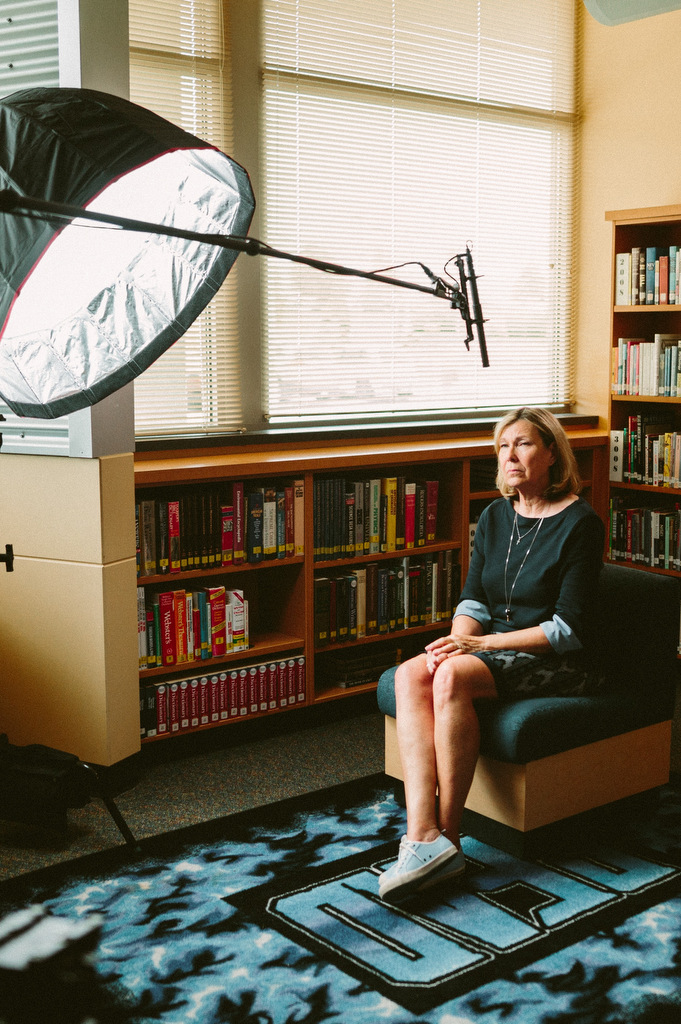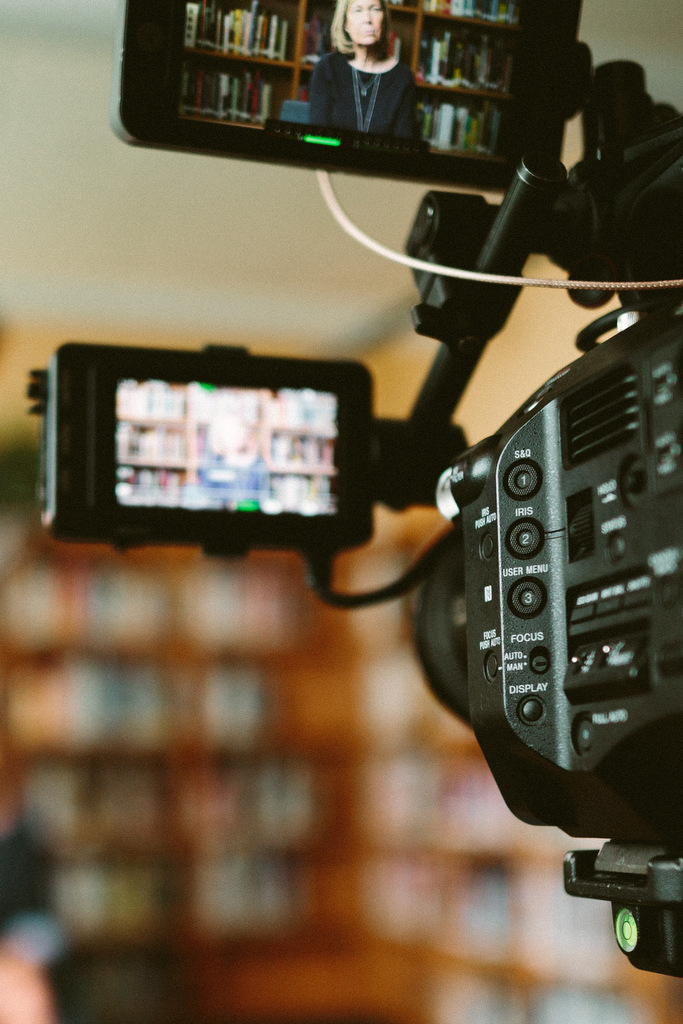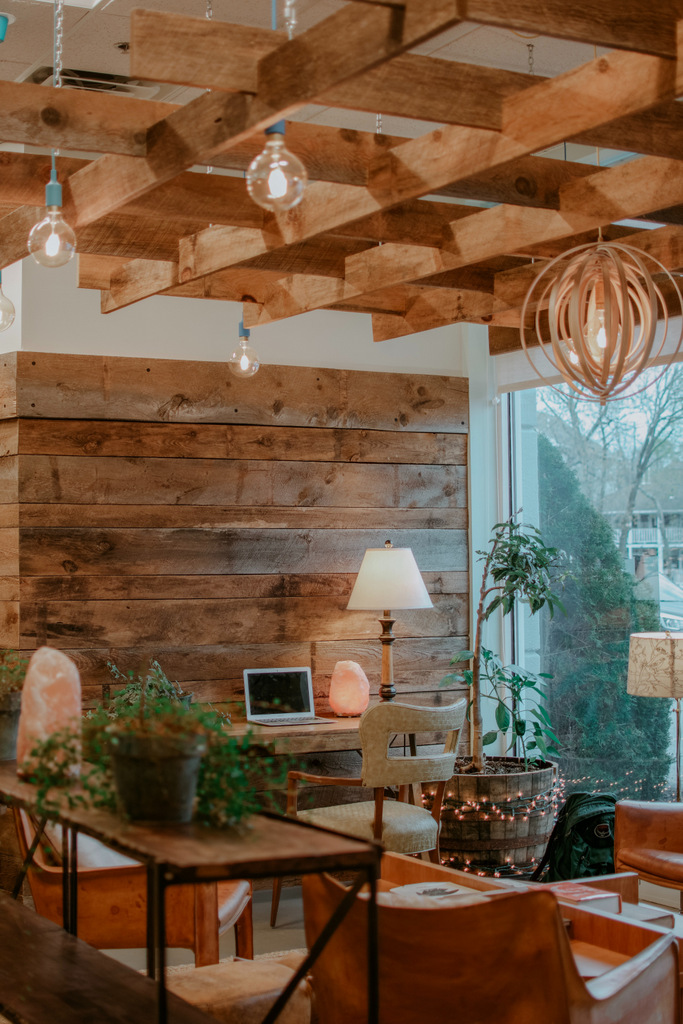10 Best Practices For Selecting An Interview Location or Setting
These FAQs address the most common questions that people may have when it comes to planning, preparing for, conducting, and analysing interviews for various purposes. These FAQs are applicable to a wide range of industries and situations, such as academic research, radio broadcasting, podcast or webinar hosting, journalism, job interviews, and many others. The information provided also delves into specific aspects of the interview process, including planning for individual or group/focus group interviews, important considerations during interviews, effective questioning techniques, different interviewing styles, and the steps to review and interpret the outcomes after the interview has taken place.
What are the Best Practices for Selecting an Interview Location or Setting?
In today’s fast-paced world, interviews have become an essential tool for researchers, journalists, podcasters, human resource managers, and professionals in various industries. Whether you are recording audio or video, the success of your interview largely depends on the selection of the right location or setting. The interview setting is more than just a backdrop; it can significantly impact the quality and outcome of your interview. This article explores the best practices for selecting an interview location and setting, focusing on recording conditions to ensure a seamless, high-quality outcome.
Interview Location And Practices
#1 Understanding the Purpose of the Interview Location
The first step in selecting an interview location is to understand the purpose of the interview. Are you conducting a formal job interview, a casual podcast conversation, or an investigative journalism piece? The tone and formality of the interview should guide your location choice.
Selecting the ideal interview location begins with a deep understanding of the interview’s purpose. Consider the nature of the interaction you’re about to undertake – is it a formal job interview, a laid-back podcast conversation, or a probing piece of investigative journalism? The tone and formality of your interview should serve as the North Star guiding your location choice.

For formal job interviews, it’s paramount to exude professionalism. Opt for a quiet, office-like setting that imparts a sense of gravity and respect. In contrast, casual podcast conversations may thrive in a relaxed ambiance, like a cosy coffee shop or even the interviewee’s home. When embarking on investigative journalism, you might choose an interview location that reinforces the narrative or evokes a certain mood, enhancing the storytelling aspect of your work.
Understanding your interview’s purpose also allows you to tailor your questions and approach to align with the setting. For instance, in a formal office interview, you might stick to traditional questions, while a podcast interview could explore more personal or offbeat topics.
Example: For a formal job interview, a quiet and professional office setting is ideal, while a casual podcast conversation might benefit from a relaxed coffee shop atmosphere.
#2 Assessing Acoustic Quality
Acoustic quality is a crucial factor in any interview setting. An environment with excessive background noise or poor sound insulation can disrupt the recording process. Evaluate the acoustics of the location to ensure clear, distortion-free audio.
Acoustic quality isn’t just a bonus; it’s an interview essential. Inadequate acoustics can disrupt the recording process, leading to poor audio quality and potential misunderstandings. Before settling on an interview location, conduct a thorough assessment of its acoustic properties.
The significance of acoustics becomes glaringly evident in settings with excessive background noise or insufficient sound insulation. A bustling cafe, a crowded park, or a room with thin walls can wreak havoc on the recording, leading to distorted, inaudible, or unpleasant audio.
In addition to considering the location’s inherent acoustics, you can also invest in soundproofing materials or portable acoustic panels. These tools can help mitigate background noise and ensure clear, distortion-free audio, even in less-than-ideal locations.
Example: Consider using a room with soundproofing or a quiet park for outdoor interviews to minimise unwanted noise.
#3 Lighting Considerations for Video Interviews
If you’re conducting video interviews, lighting plays a pivotal role. Proper lighting ensures that your subjects are well-lit and clearly visible. Choose locations with ample natural light or invest in quality lighting equipment.
For those conducting video interviews, lighting becomes a linchpin for success. Proper lighting isn’t just about aesthetics – it plays a fundamental role in ensuring your subjects are well-lit and clearly visible. This visual clarity is essential for engaging and professional video content.
Consider the role of natural light in your chosen location. A room with ample, diffused natural light can create a soft and flattering look, minimising harsh shadows and ensuring that your subjects appear their best. Alternatively, invest in quality lighting equipment, such as softboxes, ring lights, or LED panels. These tools can provide consistent and adjustable lighting, making your subjects look their best regardless of the location’s lighting conditions.
Striking the right balance between lighting and setting can elevate the overall quality of your video interviews, leaving a lasting impression on your audience.
Example: Natural light from a well-lit window can create a soft and flattering look for video interviews.
#4 Comfort and Atmosphere
The comfort and atmosphere of the location can influence the mood and quality of the interview. Make sure your subjects and interviewers are comfortable, as this can lead to more candid and engaging conversations.
The comfort and atmosphere of the interview location can significantly influence the mood and quality of the conversation. A comfortable and inviting setting not only puts your subjects at ease but also encourages candid and engaging discussions.
Consider the psychological impact of the location on both you and your interviewees. Are you all comfortable and relaxed? Or are you in a sterile, formal environment that might inhibit the flow of conversation? The right atmosphere can set the stage for more authentic and fruitful interactions.
Depending on the nature of the interview, you may choose a setting that aligns with the desired atmosphere. A comfortable living room or a relaxed cafe can foster a warm and open ambiance, while a quiet and private office may be more suitable for formal discussions.
Example: A cosy and well-furnished living room can help create a relaxed atmosphere for a podcast interview.
#5 Technical Considerations
Technical aspects, such as power sources, equipment setup, and connectivity, are vital. Ensure your location has access to power and internet, and that you have tested all your equipment in advance.
While acoustics, lighting, and atmosphere are crucial, don’t neglect the technical aspects of your interview location. Technical considerations, including power sources, equipment setup, and connectivity, are vital to ensure a smooth recording process.
Make sure your chosen location provides access to reliable power sources. It’s essential that your recording equipment, whether it’s a microphone, camera, or other devices, can run uninterrupted throughout the interview. Carry extra batteries and power banks to be prepared for unforeseen technical hiccups.

Additionally, test your equipment thoroughly before the interview. Ensure that all your devices are in working order and that you’re proficient in operating them. A glitch in your recording equipment can disrupt the interview and lead to loss of valuable content.
Check the location’s internet connectivity, especially if you plan to stream the interview live or conduct remote interviews. A stable and fast internet connection is critical for maintaining seamless communication.
Addressing these technical considerations beforehand will help you avoid unnecessary disruptions during the interview.
Example: Carry backup batteries and a mobile hotspot to address unexpected technical issues.
#6 Privacy and Confidentiality
Depending on the nature of the interview, privacy and confidentiality may be paramount. Always respect your subjects’ privacy and ensure that the location is secure.
The need for privacy and confidentiality can vary depending on the interview’s nature. In certain cases, it may be of utmost importance. Regardless of the context, always prioritise respecting your subjects’ privacy and ensuring the location’s security.
In job interviews or HR-related discussions, privacy is a key consideration. Choose a location that provides confidentiality and comfort for the interviewee. A private meeting room with secure access is a solid choice in such scenarios.
For investigative journalism or sensitive personal interviews, consider locations that offer both physical and acoustic privacy. Soundproof rooms, remote outdoor settings, or secure online meeting platforms can help protect your subjects’ anonymity and maintain confidentiality.
Respecting privacy not only ensures the comfort and trust of your interviewees but also establishes your professionalism as an interviewer.
Example: If you’re conducting sensitive HR interviews, select a private meeting room with secure access.
#7 Location Scouting and Pre-Interview Visits
Before the actual interview, visit the location to assess its suitability. This allows you to identify and address any potential issues ahead of time.
Before the interview day, conducting a pre-interview visit to the location is a critical step. This proactive approach allows you to identify and address any potential issues or challenges ahead of time.
During your location scouting, pay close attention to the practicalities of the site. Are there adequate power outlets? Do you have permission to use the location? Are there any potential sources of disturbance, such as construction sites or nearby events? This visit provides the opportunity to plan for contingencies or make necessary arrangements.
By visiting the interview location in advance, you can also familiarise yourself with the layout, ensuring a smoother setup and a more relaxed atmosphere during the interview. This level of preparedness can save you time and stress on the day of the interview.
Example: Visit the location a day or two before the interview to check for any unexpected disturbances or lighting issues.
#8 Backup Plan
Murphy’s Law states that “anything that can go wrong, will go wrong.” It’s essential to have a backup plan in case your chosen location becomes unavailable or unsuitable at the last minute.
In the world of interviews, it’s essential to heed Murphy’s Law: “Anything that can go wrong, will go wrong.” Unforeseen circumstances, such as sudden noise disturbances, equipment malfunctions, or last-minute location unavailability, can throw your interview plans into disarray.
To safeguard against such potential disasters, having a backup plan is paramount. Prepare a list of alternative locations that you can quickly switch to if the need arises. These backup locations should ideally offer similar acoustics, lighting, and atmosphere to your original choice. Additionally, consider backup equipment, such as spare microphones or cameras, and have them readily available. Being prepared for the unexpected is a hallmark of a professional interviewer.
Example: In case of inclement weather, have an indoor location as a backup for outdoor interviews.

#9 Consistency Across Interviews
If you’re conducting a series of interviews, maintaining consistency in the location and setup can be beneficial. This consistency makes it easier to compare and analyse the interviews.
For those conducting a series of interviews, maintaining consistency in the location and setup is invaluable. This consistency simplifies the process of comparing and analysing the interviews, making it easier to identify trends and insights.
When every interview occurs in a similar environment, you eliminate environmental variables that can affect the interview outcome. This allows you to focus on the content and responses rather than the idiosyncrasies of different settings.
Consistency also benefits your interviewees, as they become familiar with the environment, leading to more relaxed and open conversations. However, remember that while consistency is crucial, it should not stifle your adaptability to cater to the unique needs of each interview.
Example: When conducting a research project, ensure that all interviews take place in the same environment to control variables.
#10 Post-Interview Considerations
After the interview, don’t forget to review your recording for any issues or inconsistencies. Post-production can often correct minor problems.
Your work isn’t finished when the interview concludes. After the interview, take time to review your recording for any issues or inconsistencies. Post-production can often correct minor problems and enhance the overall quality of your content.
Pay attention to the following in your post-interview review:
- Audio quality: Listen for background noise, distortion, or any other audio issues.
- Visual quality (for video interviews): Check for lighting and visual clarity.
- Content accuracy: Ensure the interview content accurately represents what was discussed.
- Edit if necessary: Edit the recording to remove any off-topic or redundant segments.
Post-production tools can help enhance the final product, and it’s an opportunity to add introductory and closing elements, background music, or subtitles for better viewer engagement.
By diligently reviewing your recordings and addressing any issues, you ensure that your interviews are of the highest quality and ready for publication.
Example: In post-production, you can remove background noise or adjust lighting if necessary.
Key Interview Location and Preparation Tips
- Understand the purpose of your interview and match the location to its formality and tone.
- Always have a backup plan to deal with unexpected issues.
- Maintain consistency in your location and setup for a series of interviews.
Selecting the right interview location is an art, combining technical know-how, creativity, and adaptability. Whether you’re a researcher, journalist, podcaster, or HR manager, the interview setting significantly influences the outcome. Always prioritise acoustic quality, lighting, and comfort. Be prepared for technical challenges, respect privacy, and have a backup plan in place. Consistency in your approach is key for those conducting multiple interviews. Remember, the right interview location can transform a mundane conversation into an extraordinary one, capturing the essence of your subject.
Key Piece of Advice: Flexibility and adaptability are crucial in interview settings. No matter how well you plan, unexpected challenges can arise. Being prepared to handle them gracefully is the mark of a true professional.
Interview Location and Preparation Resources
Here are three valuable resources for further information on interview recording and transcription services:
Way With Words: Way With Words is a trusted platform for professional interview transcription services. They offer high accuracy and quality transcriptions to assist with your recording needs.
Journalism Interview Questions: 36 questions for consideration with tips plus example answers for six additional questions.
Podcast Insights: Podcast Insights is a valuable resource for podcasters, providing insights and tips on interview recording and podcast production.
Guide Questions for Interview Preparations
As you consider the best practices for selecting interview locations, reflect on the following questions:
- How can you adapt your interview location to the specific needs of your audience and subject?
- What backup plans do you have in place for unexpected challenges during your interviews?
- Have you ever encountered a unique interview setting that significantly impacted the outcome? What did you learn from the experience?
Selecting the right interview location is an essential skill, and mastering it can lead to more engaging and impactful interviews.
